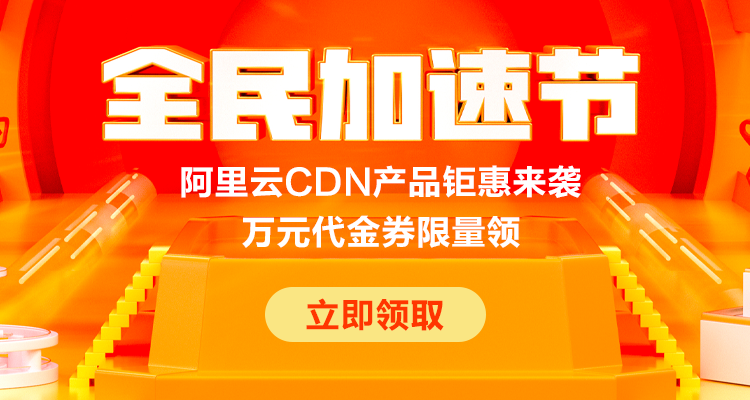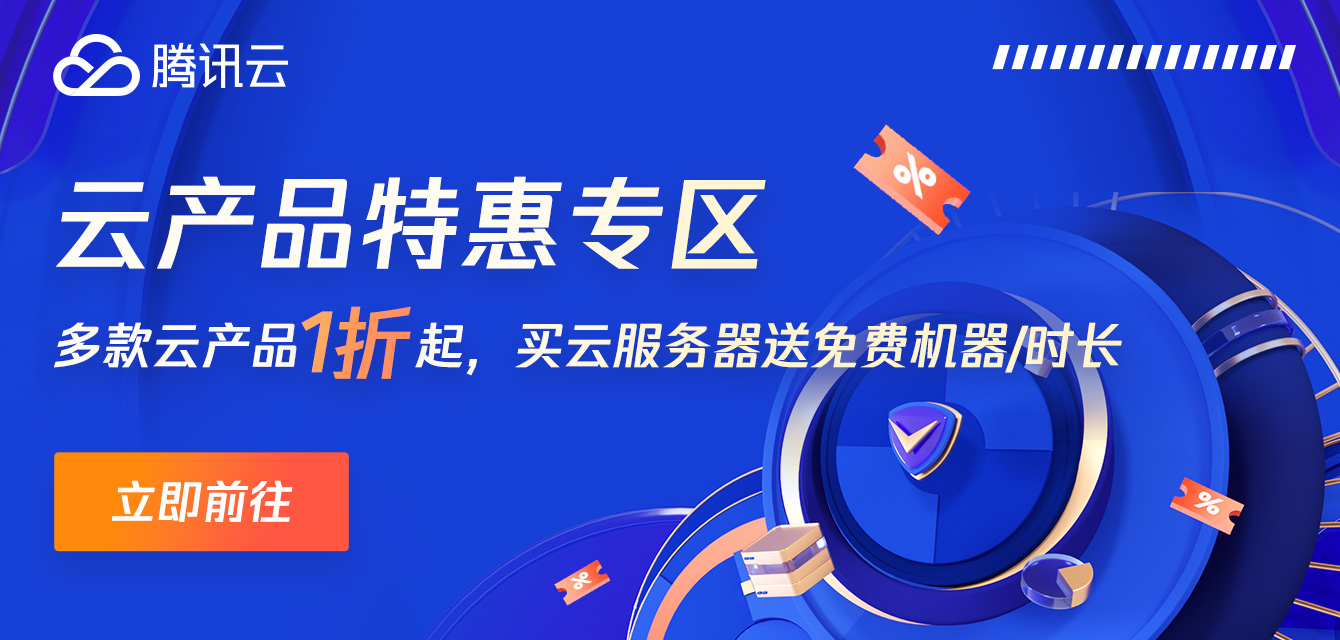共计 3627 个字符,预计需要花费 10 分钟才能阅读完成。
上一节我们实现了一个资产系统,本节我们来设计并实现一个订单系统。
订单系统的目的是为了管理所有的活动订单,并给每个新订单一个递增的序列号。由于在创建订单时需要冻结用户资产,因此,我们定义的 OrderService 会引用AssetService:
| public class OrderService {// 引用 AssetService: | |
| final AssetService assetService; | |
| public OrderService( AssetService assetService) {this.assetService = assetService; | |
| } | |
| } |
一个订单由订单 ID 唯一标识,此外,订单包含以下重要字段:
- userId:订单关联的用户 ID;
- sequenceId:定序 ID,相同价格的订单根据定序 ID 进行排序;
- direction:订单方向:买或卖;
- price:订单价格;
- quantity:订单数量;
- unfilledQuantity:尚未成交的数量;
- status:订单状态,包括等待成交、部分成交、完全成交、部分取消、完全取消。
一个订单被成功创建后,它后续由撮合引擎处理时,只有 unfilledQuantity 和status会发生变化,其他属性均为只读,不会改变。
当订单状态变为完全成交、部分取消、完全取消时,订单就已经处理完成。处理完成的订单从订单系统中删除,并写入数据库永久变为历史订单。用户查询活动订单时,需要读取订单系统,用户查询历史订单时,只需从数据库查询,就与订单系统无关了。
我们定义 OrderEntity 如下:
| public class OrderEntity {// 订单 ID / 定序 ID / 用户 ID: | |
| public Long id; | |
| public long sequenceId; | |
| public Long userId; | |
| // 价格 / 方向 / 状态: | |
| public BigDecimal price; | |
| public Direction direction; | |
| public OrderStatus status; | |
| // 订单数量 / 未成交数量: | |
| public BigDecimal quantity; | |
| public BigDecimal unfilledQuantity; | |
| // 创建和更新时间: | |
| public long createdAt; | |
| public long updatedAt; | |
| } |
处于简化设计的缘故,该对象既作为订单系统的订单对象,也作为数据库映射实体。
根据业务需要,订单系统需要支持:
- 根据订单 ID 查询到订单;
- 根据用户 ID 查询到该用户的所有活动订单。
因此,OrderService需要用两个 Map 存储活动订单:
| public class OrderService {// 跟踪所有活动订单: Order ID => OrderEntity | |
| final ConcurrentMap<Long, OrderEntity> activeOrders = new ConcurrentHashMap<>(); | |
| // 跟踪用户活动订单: User ID => Map(Order ID => OrderEntity) | |
| final ConcurrentMap<Long, ConcurrentMap<Long, OrderEntity>> userOrders = new ConcurrentHashMap<>(); |
添加一个新的 Order 时,需要同时更新 activeOrders 和userOrders。同理,删除一个 Order 时,需要同时从 activeOrders 和userOrders中删除。
我们先编写创建订单的方法:
| /** | |
| * 创建订单,失败返回 null: | |
| */ | |
| public OrderEntity createOrder(long sequenceId, long ts, Long orderId, Long userId, Direction direction, BigDecimal price, BigDecimal quantity) {switch (direction) {case BUY -> {// 买入,需冻结 USD: | |
| if (!assetService.tryFreeze(userId, AssetEnum.USD, price.multiply(quantity))) {return null; | |
| } | |
| } | |
| case SELL -> {// 卖出,需冻结 BTC: | |
| if (!assetService.tryFreeze(userId, AssetEnum.BTC, quantity)) {return null; | |
| } | |
| } | |
| default -> throw new IllegalArgumentException("Invalid direction."); | |
| } | |
| // 实例化 Order: | |
| OrderEntity order = new OrderEntity(); | |
| order.id = orderId; | |
| order.sequenceId = sequenceId; | |
| order.userId = userId; | |
| order.direction = direction; | |
| order.price = price; | |
| order.quantity = quantity; | |
| order.unfilledQuantity = quantity; | |
| order.createdAt = order.updatedAt = ts; | |
| // 添加到 ActiveOrders: | |
| this.activeOrders.put(order.id, order); | |
| // 添加到 UserOrders: | |
| ConcurrentMap<Long, OrderEntity> uOrders = this.userOrders.get(userId); | |
| if (uOrders == null) {uOrders = new ConcurrentHashMap<>(); | |
| this.userOrders.put(userId, uOrders); | |
| } | |
| uOrders.put(order.id, order); | |
| return order; | |
| } |
后续在清算过程中,如果发现一个 Order 已经完成或取消后,需要调用删除方法将活动订单从 OrderService 中删除:
| public void removeOrder(Long orderId) {// 从 ActiveOrders 中删除: | |
| OrderEntity removed = this.activeOrders.remove(orderId); | |
| if (removed == null) {throw new IllegalArgumentException("Order not found by orderId in active orders:" + orderId); | |
| } | |
| // 从 UserOrders 中删除: | |
| ConcurrentMap<Long, OrderEntity> uOrders = userOrders.get(removed.userId); | |
| if (uOrders == null) {throw new IllegalArgumentException("User orders not found by userId:" + removed.userId); | |
| } | |
| if (uOrders.remove(orderId) == null) {throw new IllegalArgumentException("Order not found by orderId in user orders:" + orderId); | |
| } | |
| } |
删除订单时,必须从 activeOrders 和userOrders中全部成功删除,否则会造成 OrderService 内部状态混乱。
最后,根据业务需求,我们加上根据订单 ID 查询、根据用户 ID 查询的方法:
| // 根据订单 ID 查询 Order,不存在返回 null: | |
| public OrderEntity getOrder(Long orderId) {return this.activeOrders.get(orderId); | |
| } | |
| // 根据用户 ID 查询用户所有活动 Order,不存在返回 null: | |
| public ConcurrentMap<Long, OrderEntity> getUserOrders(Long userId) {return this.userOrders.get(userId); | |
| } |
整个订单子系统的实现就是这么简单。
下面是问题解答。
Order 的 id 和 sequenceId 为何不合并使用一个 ID?
订单 ID 是 Order.id,是用户看到的订单标识,而 Order.sequenceId 是系统内部给订单的定序序列号,用于后续撮合时进入订单簿的排序,两者功能不同。
可以使用一个简单的算法来根据 Sequence ID 计算 Order ID:
OrderID = SequenceID * 10000 + today("YYmm")
因为 SequenceID 是全局唯一的,我们给 SequenceID 添加创建日期的 ”YYmm” 部分,可轻松实现按月分库保存和查询。
参考源码
可以从 GitHub 或 Gitee 下载源码。
GitHub
小结
一个订单系统在内存中维护所有用户的活动订单,并提供删除和查询方法。















